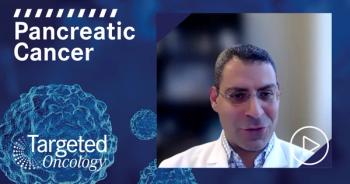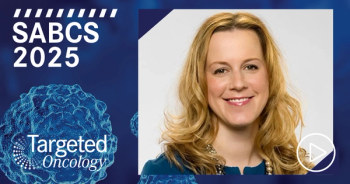
Biomarker Testing Varies at Community/Academic Centers for Gastric Cancer
Yelena Y. Janjigian, MD, discusses the differences between biomarker testing at academic centers versus community centers for patients with gastric cancer.
Yelena Y. Janjigian, MD, chief, Gastrointestinal Oncology Service, Memorial Sloan Kettering Cancer Center, discusses the differences between biomarker testing at academic centers versus community centers for patients with gastric cancer.
In the academic setting, there is often ample tissue available for biomarker testing, according to Janjigian. Next-generation sequencing (NGS) gives physicians a broader view and understanding of the biology of the patient’s disease. In gastric cancer, if a patient has RAS alterations or RAS drivers in a tumor that is also HER2-amplified, the duration of response may not be as good, and the progression-free survival will be shorter when HER2 is not the true driver. She says that is an important distinction.
Since NGS is routinely used more in academic and clinical practice settings, it’s critical to make sure that physicians get stained slides and extra tissue on the tumor sample, because immunohistochemistry and NGS can help researchers understand the biology for HER2-directed therapies and also may help in the future with monitoring for minimal residual disease or escape mechanisms using tumor-matched circulating tumor DNA analysis.
Janjigian says having a liquid biopsy and also knowing the tumor mutation profile is powerful and helps researchers understand the mechanisms of resistance and may in the future assist physicians in identifying the early progressors before the patient shows radiographic increase in disease burden and clinical deterioration.








































